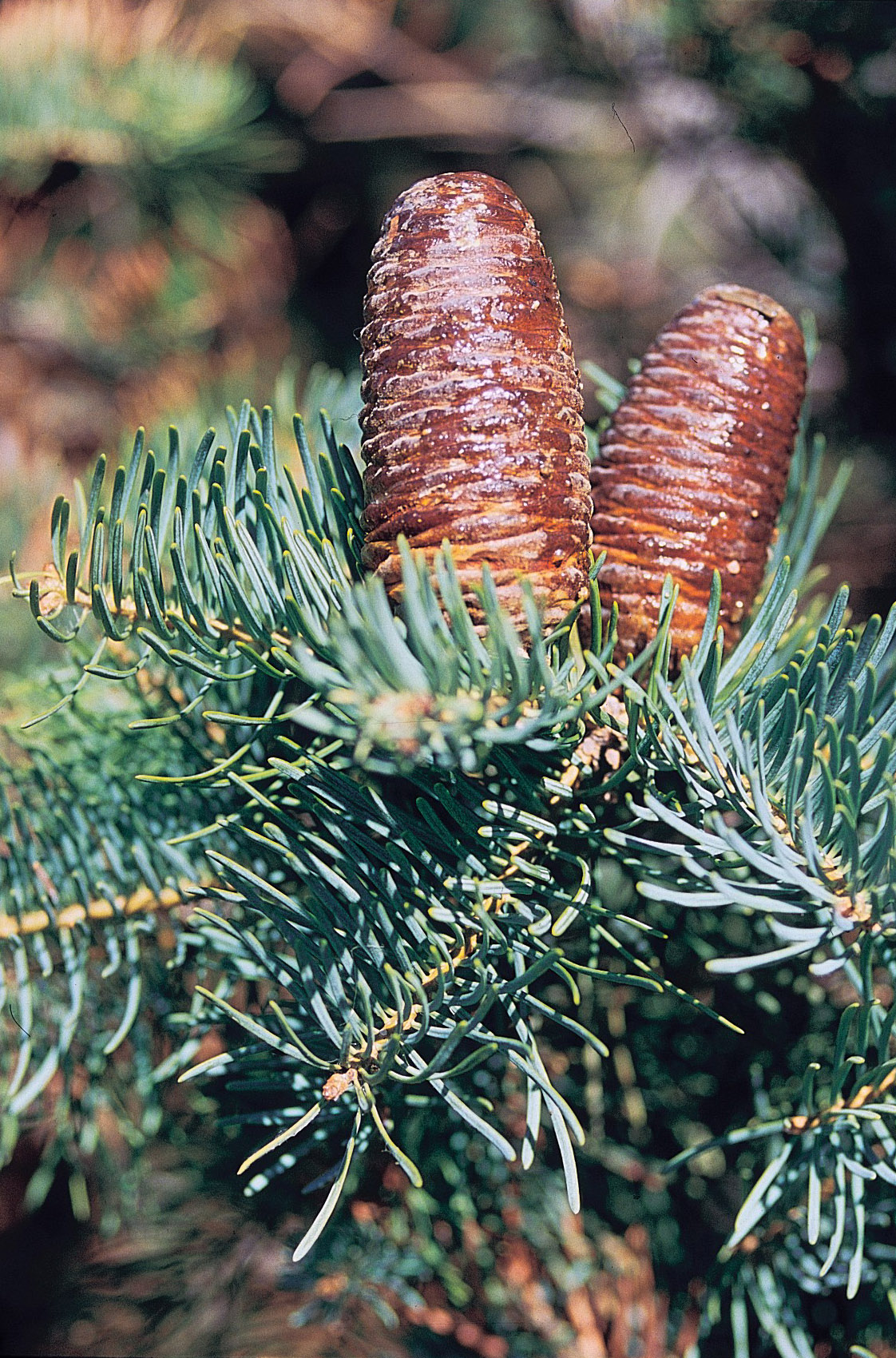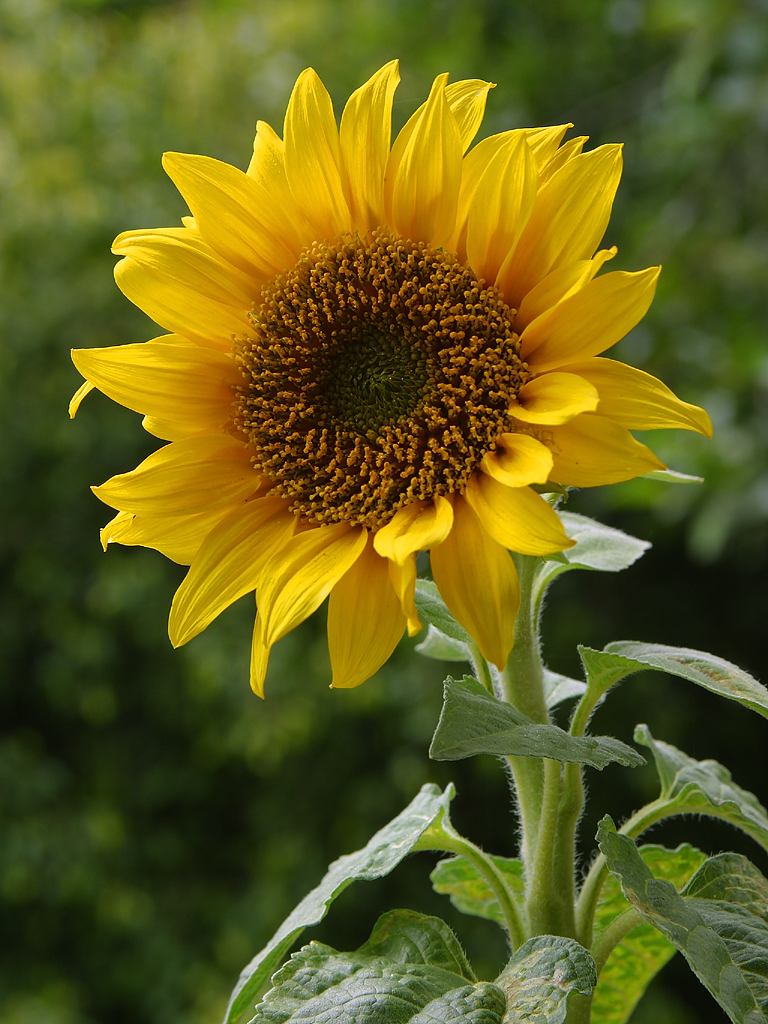|
Astragalus Ripleyi
''Astragalus ripleyi'' is a species of flowering plant in the legume family known by the common name Ripley's milkvetch. It is native to southern Colorado and northern New Mexico in the United States. Description This plant is a perennial herb growing up to one meter tall with stems arising from an underground caudex. This caudex branches into stems underground and has been called a rhizome. The leaves are compound, each made up of up to 19 leaflets. The plant is mostly hairy, with silvery hairs giving it a grayish appearance. The flowers are yellow and between 1 and 2 centimeters long. The fruit is a flat pod up to 3 centimeters long. Each fruit has a long stipe, the area between the stem and the fruit. Flowering occurs in June and July. Habitat This plant occurs in the southern Rocky Mountains. It grows in ponderosa pine savanna, pinyon-juniper woodlands, shrublands, sagebrush, and meadows. It is often found next to shrubs such as '' Artemisia tridentata'', '' Quercus gam ... [...More Info...] [...Related Items...] OR: [Wikipedia] [Google] [Baidu] |
Fabaceae
The Fabaceae or Leguminosae,International Code of Nomenclature for algae, fungi, and plants. Article 18.5 states: "The following names, of long usage, are treated as validly published: ....Leguminosae (nom. alt.: Fabaceae; type: Faba Mill. Vicia L.; ... When the Papilionaceae are regarded as a family distinct from the remainder of the Leguminosae, the name Papilionaceae is conserved against Leguminosae." English pronunciations are as follows: , and . commonly known as the legume, pea, or bean family, are a large and agriculturally important of |
Abies Concolor
''Abies concolor'', the white fir, is a coniferous tree in the pine family Pinaceae. This tree is native to the mountains of western North America, including the Cascade Range and southern Rocky Mountains, and into the isolated mountain ranges of southern Arizona, New Mexico, and Northern Mexico. It naturally occurs at elevations between . It is popular as an ornamental landscaping tree and as a Christmas tree. Description This large evergreen conifer grows best in the central Sierra Nevada of California, where the record specimen was recorded as tall and measured in diameter at breast height (dbh) in Yosemite National Park.American Forestry Association. 1978. National register of big trees. American Forests 84(4):19-47 The typical size of white fir ranges from tall and up to dbh. The largest specimens are found in the central Sierra Nevada, where the largest diameter recorded was found in Sierra National Forest at (1972); the west slope of the Sierra Nevada is also home ... [...More Info...] [...Related Items...] OR: [Wikipedia] [Google] [Baidu] |
Astragalus Hallii . It is native to Utah, Colorado, Arizona, and New Mexico.
''Astragalus hallii'' is a species of milkvetch in the family Fabaceae The Fabaceae or Leguminosae,International Code of Nomenc ... Distribution and habitat It is most commonly found in the elevations of between 7,000 and 11,000 feet. It is most commonly found in the months of July and August. It has an global rank of G4, meaning apparently secure. It also has two local ranks, it is vulnerable in New Mexico and critically endangered in Utah. Arizona and Colorado don’t have a local rank for this species.References hallii {{Astragalu ...[...More Info...] [...Related Items...] OR: [Wikipedia] [Google] [Baidu] |
Astragalus Drummondii
''Astragalus drummondii'' is a species of flowering plant in the legume family known by the common name Drummond's milkvetch. The botanist Thomas Drummond first identified the plant during his travels in North America from 1825 to 1835, the year of his death. ''Astragalus drummondii'' is one of many plants named after him. Upon the return of samples collected by Drummond to England, his findings were published in Sir William Hooker’s ''Flora Boreali-Americana'' in 1840. Distribution ''Astragalus drummondii'' is found widely across the American west and Saskatchewan, Alberta, and British Columbia. Its distribution has not changed appreciably since the species was first identified. Habitat and ecology ''A. drummondii'' is a hardy plant that can live in a range of different climates. It flourishes in dry, light soil as well as moderately wet soils. While it grows the most plentifully on grasslands, it can also survive in oak and pine forests. It tends to collect on hillsid ... [...More Info...] [...Related Items...] OR: [Wikipedia] [Google] [Baidu] |
Machaeranthera Bigelovii
''Dieteria bigelovii'', also known as Bigelow's tansyaster or sticky aster, is a North America North America is a continent in the Northern Hemisphere and almost entirely within the Western Hemisphere. It is bordered to the north by the Arctic Ocean, to the east by the Atlantic Ocean, to the southeast by South America and the Car ...n species of plants in the family Asteraceae. Description ''D. bigelovii'' is a biennial or perennial herb growing to in height. The leaves are long with sharp teeth. Between August and October, the plant produces several flower heads about wide. The blue or purple ray florets are female, while the yellow disc florets are bisexual. The ray florets close upwards in shade. The fruit is seedlike, with bristles at the tip. True asters are similar, but usually lack spiny or divided leaves. Taxonomy ;Varieties * ''Dieteria bigelovii'' var. ''bigelovii'' - Colorado, New Mexico, Wyoming * ''Dieteria bigelovii'' var. ''commixta'' (Green ... [...More Info...] [...Related Items...] OR: [Wikipedia] [Google] [Baidu] |
Forb
A forb or phorb is an herbaceous flowering plant that is not a graminoid (grass, sedge, or rush). The term is used in biology and in vegetation ecology, especially in relation to grasslands and understory. Typically these are dicots without woody stems. Etymology The word "forb" is derived from Greek ''phorbḗ'' (), meaning "pasture" or "fodder". The Hellenic spelling "phorb" is sometimes used, and in older usage this sometimes includes graminids and other plants currently not regarded as forbs. Guilds Forbs are members of a guilda group of plant species with broadly similar growth form. In certain contexts in ecology, guild membership may often be more important than the taxonomic relationships between organisms. In informal classification In addition to its use in ecology, the term "forb" may be used for subdividing popular guides to wildflowers, distinguishing them from other categories such as grasses, sedges, shrubs, and trees. Some examples of forbs are clovers, s ... [...More Info...] [...Related Items...] OR: [Wikipedia] [Google] [Baidu] |
Rhus Trilobata
''Rhus trilobata'' is a shrub in the sumac genus (''Rhus'') with the common names skunkbush sumac, sourberry, skunkbush, and three-leaf sumac. It is native to the western half of Canada and the Western United States, from the Great Plains to California and south through Arizona extending into northern Mexico. It can be found from deserts to mountain peaks up to about in elevation. Distribution ''Rhus trilobata'' grows in many types of plant communities, such as the grasslands east of the Rocky Mountains, mountainous shrubland, pine, juniper, and fir forests, wetlands, oak woodlands, and chaparral. The plant is destroyed above ground but rarely killed by wildfire, and will readily sprout back up in burned areas. Description This ''Rhus'' species closely resembles other members of the genus that have leaves with three "leaflets" ("trifoliate" leaves). These include ''Rhus aromatica'', native to eastern North America, and western poison-oak. The shape of the leaflets and the h ... [...More Info...] [...Related Items...] OR: [Wikipedia] [Google] [Baidu] |
Potentilla Fruticosa
''Dasiphora fruticosa'' is a species of hardy deciduous flowering shrub in the family Rosaceae, native to the cool temperate and subarctic regions of the northern hemisphere, often growing at high altitudes in mountains. ''Dasiphora fruticosa'' is still widely referenced in the horticultural literature under its synonym ''Potentilla fruticosa''. Common names include shrubby cinquefoil, golden hardhack, bush cinquefoil, shrubby five-finger, widdy, and kuril tea. Description It grows to tall, rarely up to . The habit is variably upright to sprawling or prostrate, but stems are often ascending especially those stems with many long branches. The bark of older stems is shreddy with long thin strips. The plants are densely leafy, the leaves divided into five or seven (occasionally three or nine) pinnate leaflets. The leaflets are linear-oblong, long, with entire margins and more or less acute ends. The foliage (both leaves and young stems) is pubescent, variably covered in fine si ... [...More Info...] [...Related Items...] OR: [Wikipedia] [Google] [Baidu] |
Cercocarpus Montanus
''Cercocarpus montanus'' is a North American species of shrub or small tree in the family Rosaceae native to northern Mexico and the western United States. It is known by the common names alder-leaf mountain-mahogany, alder-leaf cercocarpus, and true mountain-mahogany. The variety ''argenteus'' is commonly known as silverleaf mountain-mahogany. Distribution ''Cercocarpus montanus'' is common in chaparral scrub, on mesas, the lower foothills of the Rocky Mountains, and the Great Plains in the United States. Its range extends from Montana, Idaho, and South Dakota south as far as Sonora, Durango, and Nuevo León. Description and ecology ''Cercocarpus montanus'' often remains under in height because of browsing by elk and deer, but can reach . It has thin and smooth bark. The species is considered to be long lived. It is also eaten by yellow-haired porcupine. File:Cercocarpus montanus 1.jpg, Flowers appear red when they first open File:Cercocarpus montanus 2.jpg, Flowers are yel ... [...More Info...] [...Related Items...] OR: [Wikipedia] [Google] [Baidu] |
Chrysothamnus Nauseosus
''Ericameria nauseosa'' (formerly ''Chrysothamnus nauseosus''), commonly known as Chamisa, rubber rabbitbrush, and gray rabbitbrush, is a shrub in the sunflower family (Aster) found in the arid regions of western North America. Two subspecies have been described, ''consimilis'' (the green form with 8 varieties) and ''nauseosa'' (the gray form with 14 varieties).Completion of ''Ericameria'' (Asteraceae: Astereae): diminution of ''Chrysothamnus'' 1993 Phytologia 75: 74–93, G. L. Nesom, G.I. Baird. Description ''Ericameria nauseosa'' is a perennial shrub growing to .Mojave Desert Wildflowers, Pam MacKay, 2nd Ed. p 198 The leaves, depending on the subspecies, are long and narrow to spatula-shaped. Both the flexible (rubbery) stems and the leaves are greenish-gray with a soft felt-like covering. It blooms from August to October [...More Info...] [...Related Items...] OR: [Wikipedia] [Google] [Baidu] |
Chrysothamnus Greenei
''Chrysothamnus greenei'', called Greene's rabbitbrush , is a North American species of flowering plants in the tribe Astereae within the family Asteraceae. It has been found in eastern California (Mono + Inyo Counties), Nevada, Arizona, New Mexico, Utah, Colorado, and southern Wyoming (Sweetwater County). ''Chrysothamnus greenei'' is a branching shrub up to 50 cm (20 inches) tall with gray bark. It has many small, yellow flower heads A pseudanthium (Greek for "false flower"; ) is an inflorescence that resembles a flower. The word is sometimes used for other structures that are neither a true flower nor a true inflorescence. Examples of pseudanthia include flower heads, compos ... clumped into dense arrays. The species grows in sandy locations in desert regions. References {{Taxonbar, from=Q15594078 Astereae Flora of the Northwestern United States Flora of the Southwestern United States Flora of the California desert regions Flora of the Great Basin Flora of New ... [...More Info...] [...Related Items...] OR: [Wikipedia] [Google] [Baidu] |
Artemisia (genus)
''Artemisia'' () is a large, diverse genus of plants with between 200 and 400 species belonging to the daisy family Asteraceae. Common names for various species in the genus include mugwort, wormwood, and sagebrush. ''Artemisia'' comprises hardy herbaceous plants and shrubs, which are known for the powerful chemical constituents in their essential oils. ''Artemisia'' species grow in temperate climates of both hemispheres, usually in dry or semiarid habitats. Notable species include '' A. vulgaris'' (common mugwort), '' A. tridentata'' (big sagebrush), '' A. annua'' (sagewort), '' A. absinthium'' (wormwood), ''A. dracunculus'' (tarragon), and '' A. abrotanum'' (southernwood). The leaves of many species are covered with white hairs. Most species have strong aromas and bitter tastes from terpenoids and sesquiterpene lactones, which discourage herbivory, and may have had a selective advantage. The small flowers are wind-pollinated. ''Artemisia'' species are used ... [...More Info...] [...Related Items...] OR: [Wikipedia] [Google] [Baidu] |




